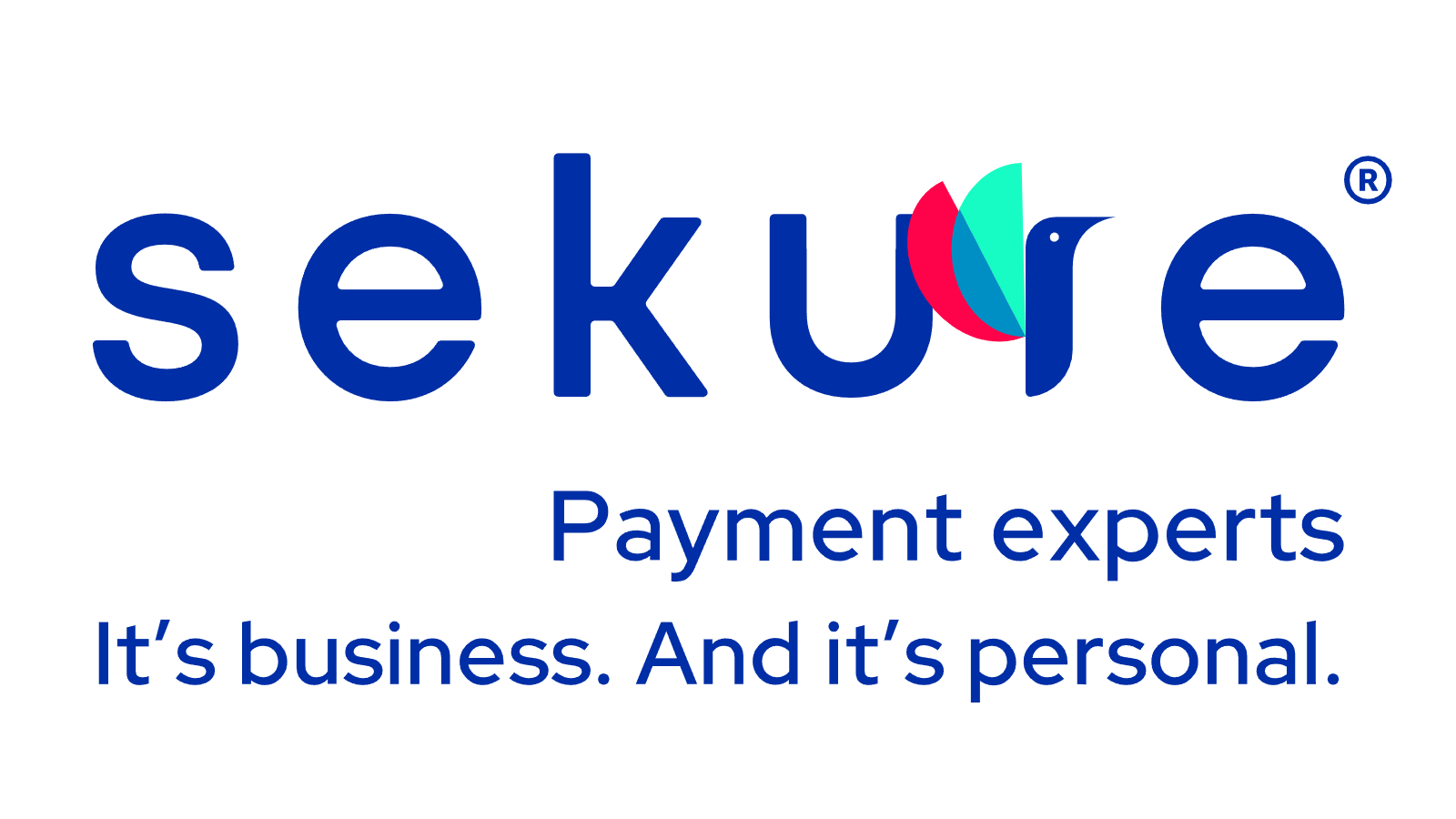8 Cyber Monday marketing ideas that boost sales

Cyber Monday has a solid place in the American calendar. It’s a day when businesses can tap into the vast stream of retail shoppers who turn to the internet for once-yearly deals and discounts.
The latest Cyber Monday saw over $14 billion dollars in online sales. As eCommerce continues to become more ingrained into the way consumers shop, we expect Cyber Monday turnovers to only increase.
For retailers, this means asking the question: What ideas will help us get the most out of Cyber Monday? Read on as we answer this question — looking into eight marketing ideas that eCommerce retailers can adopt to boost sales.
Why Cyber Monday matters
Cyber Monday’s short history began in 2005 when the National Retail Federation (NRF) coined the term to describe the spike in online sales and traffic observed on the Monday following Thanksgiving. Since then, it has become one of the biggest online shopping events of the year — often surpassing Black Friday in revenue.
It matters to retailers as it provides the opportunity to significantly increase their customer lists and sales by engaging consumers who are readily positioned to purchase. Cyber Monday provides engagement levels, traffic and bottom-of-funnel opportunities that would typically demand significant business resources to achieve at other times of the year.
Get the most out of Cyber Monday
Go through our checklist to ensure you’re positioned to win this upcoming Cyber Monday.
8 Cyber Monday marketing ideas
Online retailers need to consider two key factors:
- What Cyber Monday promotion types will likely perform well with our market?
- How can we effectively communicate the deals we’re offering?
One without the other will likely result in an ineffective Cyber Monday campaign.
Retailers need to adopt promotion types that resonate with their audience. Generally speaking, businesses will have access to historical data that can inform the types of promotions that work and which don’t. Even without internal data, it’s possible to analyze competitor campaigns, publicly accessible market insights and conduct customer feedback to gauge which promotions may be most effective.
Common Cyber Monday promotion types include:
- Percentage discounts: These are straightforward and highly popular, where retailers offer a specific percentage off certain products or across the entire store. Retailers use percentage discounts as they’re easy for customers to understand and calculate their savings.
- Buy one, get one free (BOGO): This promotion taps into a familiarity bias, whereby consumers instantly recognize the value of BOGO campaigns. Typically, the rule is that the free product needs to be cheaper than the purchased product.
- Flash sales: These are limited-time offers that create a sense of urgency among shoppers. A Cyber Monday flash sale can happen at different times throughout the day, enticing customers to keep coming back for new deals.
- Tiered discounts: This strategy rewards customers for spending more by offering greater discounts for higher purchase amounts. For example, 10% off purchases over $50, 15% off purchases over $100 and so on.
- Exclusive access or early entry: Giving loyal customers or email subscribers early or exclusive access to a Cyber Monday deal increases feelings of exclusivity and loyalty, and can lead to increased sales before the general public has access to the promotions.
While these are common and still effective, it’s an increasingly best practice for eCommerce retailers to offer personalized, segment-specific deals. This means offering different promotions for either different products or consumer groups. For instance, a multi-product online department store may notice an increase in demand for kitchen appliances over other products. In response, they express a 25% discount for all kitchen appliances on the associated kitchen appliance-specific landing page(s), while communicating 10% discounts across all other non-kitchen-appliance-related product pages.
That’s to say, there are many different promotion types that retailers can adopt — and, there are various ideas that marketers can consider for communicating them.
Formulating an effective Cyber Monday campaign can be condensed to answering the following questions: Who, or what groups, do we want to target? How can we tailor our promotions to them? And, how can we communicate those promotions in a way that is persuasive, cost-effective, and in alignment with our brand guidelines and general company objectives?
Answering these questions requires understanding the Cyber Monday marketing ideas and avenues that are both available and tried-and-true. Let’s look into eight key examples.
1. Email marketing
Email marketing remains a highly effective means of reaching customers with Cyber Monday deals. In fact, for every $1 spent on email marketing, marketers gain an average return of $41. The reason for this high ROI is email lists typically consist of an already warm or semi-warm audience. Moreover, email lists can be easily segmented for personalization’s-sake, further contributing to the $1-$41 ROI.
There are a range of ways that eCommerce retailers can leverage email marketing for Cyber Monday, including the following.
Drip feeds
Drip feeds refer to automated, pre-written emails that are sent out on a schedule to lead consumers down the funnel. Drip feeds can be simple, such as sending out one email per day for five days, with each email expressing a different Cyber Monday deal. Or, they can be more complex, involving configuring automation protocols that alter the sequence or content of the emails based on either consumer behavior or how recipients interact with individual emails in the drip feed.
Return to cart
Return to cart emails have an open rate of 50.5%, compared to the standard open rate of approximately 15%. Retailers can expect to utilize this strategy to ensure that a percentage of these abandoned carts convert into sales.
2. Organic content marketing
Organic content marketing refers to the strategies surrounding digital marketing material that isn’t paid for, but instead is pushed out to one or more social media platforms free of charge.
Social media users generally know what content is a paid ad and which isn’t — and they typically respond differently to both. When organic content performs well, meaning the algorithm favors it due to high engagement and perceived quality, its fruits go beyond sales to also improve social credibility and brand trust.
Developing a strong Cyber Monday organic content marketing strategy requires an understanding of:
- Which social media platforms your audience is on and are most likely to convert on?
- What types of Cyber Monday content perform well on those platforms — what previous internal campaigns have worked well? What performs well for competitors? What content types perform well across industries?
- What resources need to be dedicated toward creating robust pieces of organic content?
3. Meta ads
Meta ads include Facebook, Instagram, and WhatsApp — with Facebook and Instagram being the most commonly utilized for Cyber Monday digital marketing campaigns.
Meta ads are beneficial for marketers as they offer a wide range of targeting and campaign optimization capabilities. With Meta ads, you can target on the basis of area, age, interests, behaviors and other demographics — which enables advertisers to reach very specific audiences at low costs. For more complex Cyber Monday campaigns, marketers can also leverage Meta ads' retargeting and tracking capabilities.
To that point, Facebook retargeting ads get 3x the engagement of non-retargeting ads. How does this look, in practice? A common Facebook ads strategy is reaching potential Cyber Monday customers with a TOF brand awareness campaign, followed by compiling a list — via the Facebook pixel, Facebook Business Manager or another third-party tool — of users who interacted with the ad.
Then, retailers can send out targeted ads to that list, or a lookalike list, with Cyber Monday messaging that is MOF or BOF in nature. Moreover, retailers have the option to embed a CTA into the MOF/BOF ad that leads readers directly to the Cyber Monday product sales page.
Note: For Meta retargeting campaigns, the larger the list of users, the more likely it is that the ad will perform well.
4. LinkedIn ads
LinkedIn ads offer slightly different targeting capabilities compared to their social media counterparts. With LinkedIn, retail businesses can target ads based on workplace seniority, industry, role, and other vocationally focused metrics.
For Cyber Monday deals that are related to specific job roles, industries, or levels of professional experience, LinkedIn ads can be highly effective. Moreover, for retailers who serve in a B2B context, LinkedIn ads can be especially strategic for connecting with key decision-makers and influencers within targeted industries.
Get the most out of Cyber Monday
Go through our checklist to ensure you’re positioned to win this upcoming Cyber Monday.
5. Google Ads
Previously called Google AdWords, Google Ads encompass Google, YouTube, Gmail and website pop-up ad displays.
The two key players, Google and YouTube, differ quite significantly in nature:
- YouTube ads offer a range of ad types —Skippable in-stream ads, non-skippable in-stream ads, In-feed video ads, Bumper ads, YouTube Shorts ads and others. For each, marketers have the option to target based on age, location, interests and other key demographic factors.
- Google Ads (also known more generally as Search Engine Marketing, or SEM) work by allowing advertisers to bid on keywords, so their clickable ads appear at the top of Google's search results.
While both are statistically effective, the option of which you pick depends on the nature of the content you’re putting out (video ads are suited for YouTube, for example) and your campaign objectives (i.e., if your goal is immediate engagement and click-throughs, Google Ads may be more suitable).
6. TikTok ads
TikTok ads, while newer, are effective — particularly if you’re aiming toward 18 - 35-year-olds.
Not too long ago, TikTok set its minimum ad spend at $500, although this has since been revoked. Marketers can engage in a range of campaign objectives — brand awareness, engagement and conversion-based — at low costs.
TikTok is known as a commerce hub. Particularly for Cyber Monday campaigns, TikTok offers retail businesses a variety of targeting options: age, location, interests, behaviors, devices and more — facilitating quick yet highly targeted campaigns.
7. Influencer marketing
Influencer marketing works because of social proof. The arrangement behind influencer marketing campaigns generally fits into one of the following camps:
- The influencer receives a pre-agreed upon amount of total sales tied to their exclusive coupon code, with no up-front payment.
- The influencer received an up-front payment only.
- The influencer receives both — an up-front payment and a percentage of the total earnings tied to their promotion.
Influencer marketing is a streamlined avenue to consumer trust and increased credibility. Generally, retail businesses opt to work with influencers who have a follower base tied to their own — meaning they choose influencers whose audience demographics, interests, and values align closely with their brand identity and target customer base.
8. SMS marketing
SMS marketing is reminiscent of early email marketing — 7 out of 10 people have made a purchase after receiving a text from a business.
The SMS marketing devil is in the details. According to Klaviyo, the acceptable SMS frequency from brands is:
- A few times a week: 32%
- Once a week: 27%
- A few times a month: 16%
- Once a day: 13%
- Unspecified: 12%
The rules can change slightly when it comes to Cyber Monday: it’s increasingly common for retail businesses to send out daily sequences of SMS promotions for a short period of time leading up to the sales period. Like email marketing, retailers can benefit from personalized, segmented SMS marketing with the added benefit of novelty.
Ensure a seamless Cyber Monday with Sekure Payment Experts
Central to Cyber Monday’s success is ensuring a seamless checkout process. This applies to the steps that lead up to the transaction and the actual transaction itself:
- The steps that lead up to transactions: Complicated, multi-step eCommerce checkout processes are likely to result in abandoned carts. Conversely, an intuitive, streamlined process is likely to contribute not only to increased sales, but customer satisfaction. This includes quick page load times, auto-fill options, mobile-friendly design, clear and concise product descriptions, simplified navigation, a guest checkout option, transparent pricing with no hidden fees and an easily understood return policy.
- The transaction itself: The checkout needs to be secure, and cater to different payment methods — credit and debit cards, digital wallets and buy-now-pay-later options, among others.
eCommerce retailers need a POS system tailored to their needs. Particularly to get the most out of Cyber Monday, retailers should trust that their POS system will handle increased sales volume, provide them with actionable insights and seamlessly integrate with existing systems.
Sekure can match your retail eCommerce store with its most suitable, secure, and cost-effective POS system.













